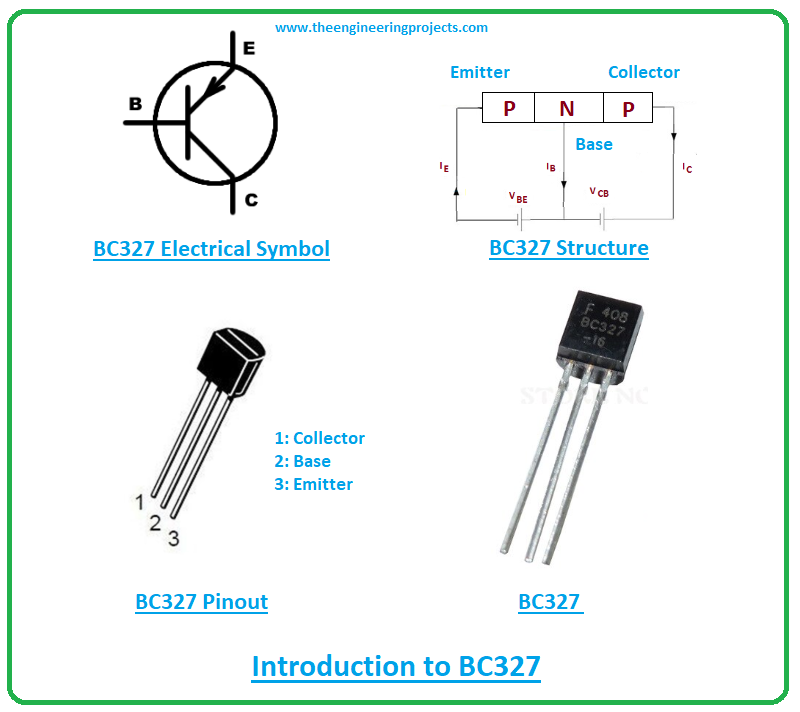
How to Test a BC327 PNP Transistor?
When it comes to testing electronic components like transistors, it’s essential to follow the right methods to ensure accurate results. In this guide, we will walk you through the process of testing a BC327 PNP transistor, a common component in electronic circuits. By following these steps, you can determine if the transistor is functioning correctly and troubleshoot any issues that may arise.
What is a BC327 PNP Transistor?
The BC327 is a type of PNP bipolar junction transistor (BJT) that is commonly used in electronic circuits for amplification and switching purposes. It consists of three layers of semiconductor material – the collector, base, and emitter – and is known for its high current and voltage capacity. Testing the BC327 transistor is crucial to ensure that it is working correctly and to avoid any malfunctions in your circuit.
Tools Needed for Testing
- Multimeter: Used to measure the transistor’s voltage and current values.
- Diode testing mode: Helps in identifying the base, emitter, and collector pins of the transistor.
- Battery: Provides the necessary power for testing the transistor.
- Small wires or clips: Used to connect the transistor to the testing equipment.
Step-by-Step Guide to Test a BC327 PNP Transistor
Follow these steps to test a BC327 PNP transistor effectively:
Step 1: Identify the Pins
Locate the pins of the BC327 transistor, which are usually labeled as collector (C), base (B), and emitter (E). Use a datasheet or the transistor part number to confirm the pin configuration.
Step 2: Set the Multimeter
Turn on the multimeter and set it to the diode testing mode. This mode helps in identifying the polarity of the transistor’s pins.
Step 3: Test the Base-Emitter Junction
Place the black probe on the emitter pin and the red probe on the base pin. The multimeter should display a voltage drop indicating a functioning base-emitter junction.
Step 4: Test the Base-Collector Junction
Move the red probe to the collector pin while keeping the black probe on the emitter pin. The multimeter should display a voltage drop, indicating a working base-collector junction.
Step 5: Test the Collector-Emitter Junction
Place the red probe on the collector pin and the black probe on the emitter pin. The multimeter should display a voltage drop, confirming a functioning collector-emitter junction.
Interpreting the Results
If all the junction tests show a voltage drop, the BC327 PNP transistor is functioning correctly. If any of the tests fail, it indicates a faulty transistor that needs replacement. Remember to double-check the connections and re-test if necessary.
By following these steps, you can effectively test a BC327 PNP transistor and ensure the proper functioning of your electronic circuits. Regular testing of transistors is essential in maintaining the reliability and performance of your electronic devices.
Do you have any tips or tricks for testing transistors? Share them in the comments below!
Was this helpful?
0 / 0